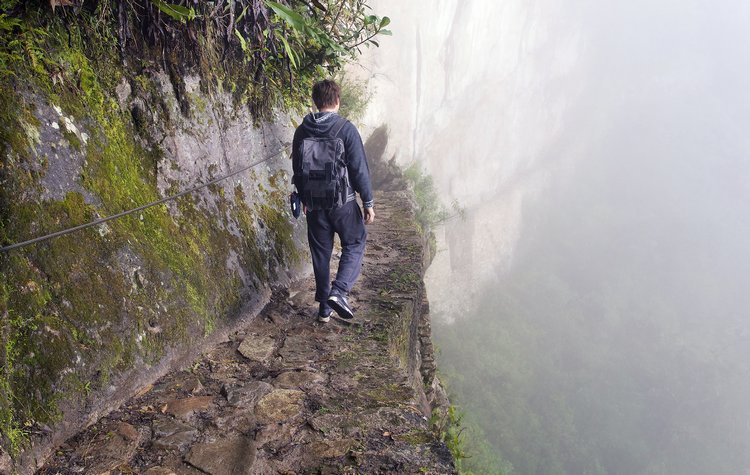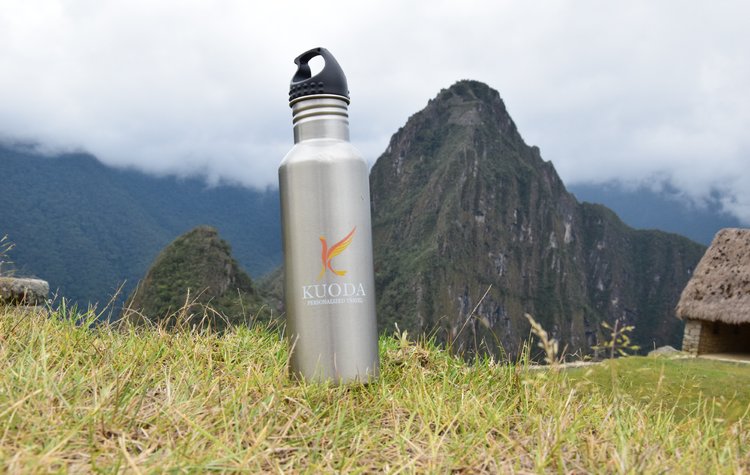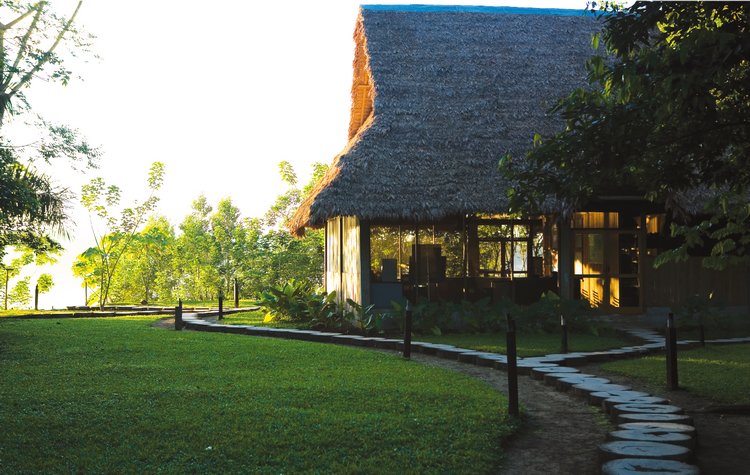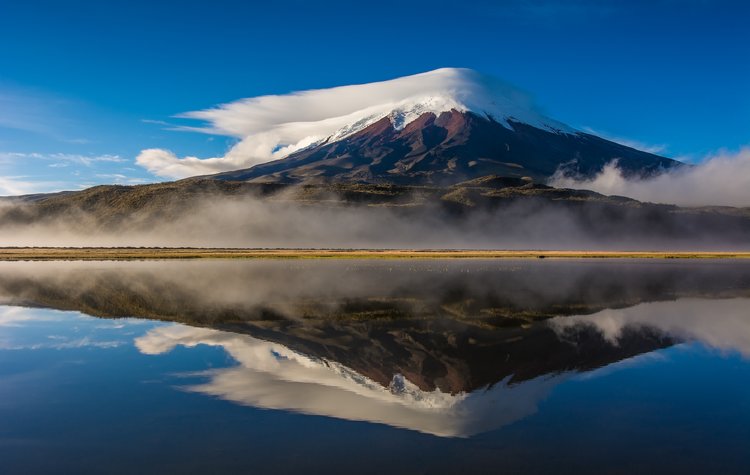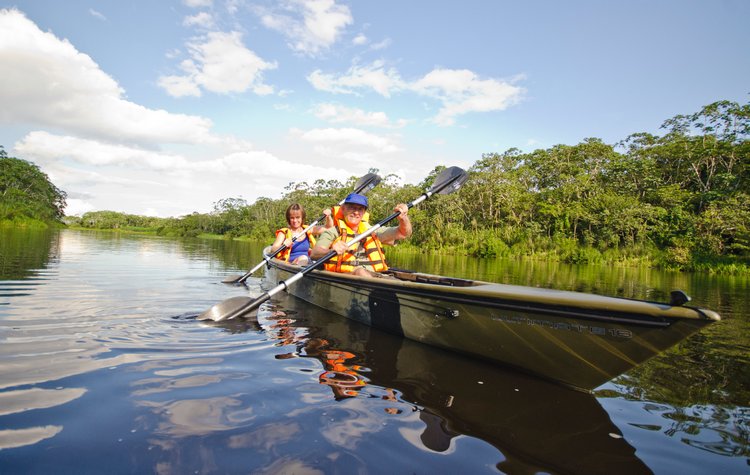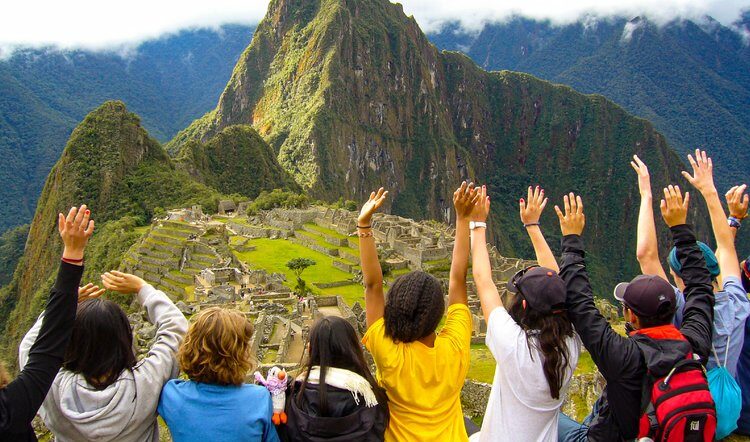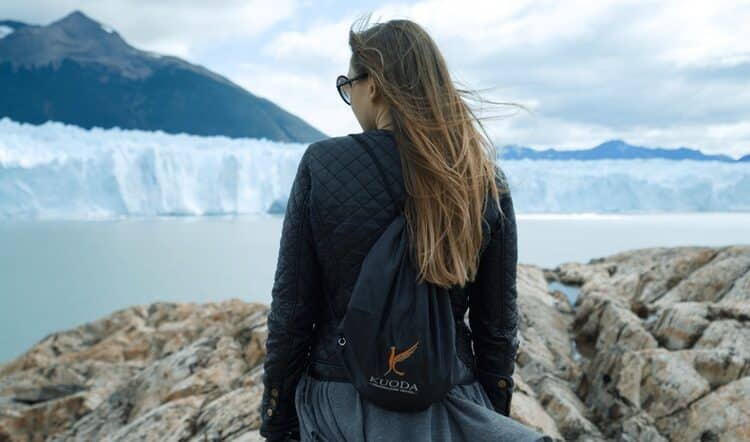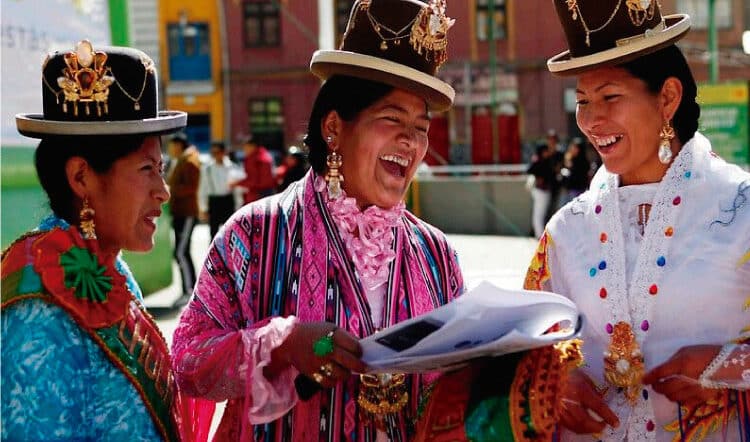It’s been a buzzword since the 1980s, but now it’s official, eco-tourism is here to stay! Eco-tourists’ efforts over the past forty years to bring sustainability into the travel industry have become an essential driving force against climate change.
Considering the tourist industry accounts for about 8% of the globe’s carbon emissions, being eco-conscious while traveling can make a crucial positive impact. But how can one become an eco-tourist? Is it as intimidating as it sounds? It turns out, even the smallest actions you can take to incorporate green travel into your trips are pretty attainable.
It comes down to calculating how your trip conserves environmental resources to offset the carbon emissions inevitably created by most current forms of transportation. This calculation essentially translates to staying in eco-friendly hotels, packing light, choosing destinations focused on conservation, and much more!
In this article, we cover all of these essential details to help you become an eco-tourist during your next private travel experience to South America!
Why be an eco-tourist?
1. You will contribute to the preservation of local environments
One of the principal slogans of eco-tourism is “leaving a place better than you found it.” There are numerous ways you can do this during a custom-designed trip to South America. In doing so, you are automatically doing your part to promote preserving that place for both tourists and local residents.
Make sure to include plenty of local day hikes and seek out “off-the-beaten-path” trails. While hiking these scenic routes through local villages in the Peruvian Andes, or Patagonia, you may also see trash strewn along the path. It’s a good idea to carry an extra plastic bag with you to pick up this trash as you go.
Visit as many national parks as you can! In South America, there are over 300 amazing national parks to choose from, and bringing tourism to these national parks ensures their survival, renewed interest locally, and further conservation.
2. You will gain more authentic experiences
When navigating more local/less-touristy trails and communities, you are guaranteed to connect more with local culture. Making these connections inherently brings a more authentic experience to the table, as you learn about customs and environments both inherently different and similar to your own.
3. The travel stories you collect will inspire others
When you travel with purpose, and in a sustainable way, your experiences and anecdotes are sure to have a ripple effect amongst your friends and family when you come back home. This incredibly positive influence makes eco-tourism itself more sustainable and will hopefully pull us further in the right direction to stop climate change in its tracks before it’s too late.
How to pack as an eco-tourist
First and foremost, packing as an eco-tourist means packing as light as possible. When it comes to international travel, you will inevitably have to book some flights, and the weight of your bags really does matter. According to Delta, “It has been estimated that the amount of jet fuel used to move an object is 4% of that object’s weight per hour.” So, the more you pack, the more fuel you use.
Our travel experts have a few suggestions in terms of the specific items you should add to your eco-friendly packing list. Of course, the following are a must: a reusable water bottle, reuse your plastic bags from previous trips (e.g., Ziploc bags), chemical-free sunscreen, just a handful of outfits that you can layer and create different combinations from, and a small and lightweight daypack, sturdy and light hiking boots or trail sneakers, and a headlamp for jungle tours.
Where to stay while eco-conscious
We work with several incredible eco-lodges and properties. In fact, most of the hotels we work with at this point have shifted their primary focus to sustainability. So, in this section, we would like to particularly highlight the Sacred Valley, the jungle of Ecuador, Uyuni, and the Galapagos, which are all incredibly eco-friendly destinations in their own right as well.
The Sacred Valley of Peru offers the perfect backdrop for those looking to reconnect with nature in Peru. The soaring Andes overlook one of the world’s most fertile valleys, and the temperature is quite pleasant and temperate year-round. Some sustainable hotels to keep in mind for your next custom-designed eco-trip are Las Qolqas Eco-Resort in Ollantaytambo and Inkaterra Hacienda Urubamba.
In Ecuador, you have a very comprehensive and extensive list of eco-hotels to choose from. Some of our favorites are the Mashpi Lodge in the cloud forest, the Napo Wildlife Center in the Amazon rainforest, and Finch Bay Galapagos hotel in Puerto Ayora in the Galapagos.
Finally, Kachi Lodge in the Salar de Uyuni (the world’s largest salt flats!) is the first of its kind. They are the first 100% eco-friendly lodge in Uyuni that doubles as a luxury travel experience and space station. Okay, so they aren’t really a space station, but their one-of-a-kind sleeping domes were built to optimize stargazing in Uyuni, which is already some of the best stargazing in the world!
Where to go as an eco-tourist
A good number of places in South America are now contributing to an eco-friendly vision; however, one country that really takes the cake in this arena is Ecuador! The Ecuadorian government and the tourist industry have worked together to raise awareness about eco-tourism for decades; this is why Ecuador has been designated the World’s Leading Green Destination multiple times.
Of the many incredible national parks found in South America, Ecuador claims 11, which of course, includes the Galapagos Islands. You also can have immersive experiences in quite a range of landscapes because these national parks span the Amazon Rainforest, the Andes, and the Galapagos Islands. Don’t miss the Cotopaxi National Park, home to the “Avenue of Volcanoes!”
What to do on an eco-friendly trip
Outdoor activities, outdoor activities, and more outdoor activities! The benefit of filling your private travel experience with plenty of nature time is two-fold. First, outdoor and adventure activities alike tend to use fewer non-renewable resources, like fossil fuels. Second, they also allow you to reconnect with nature, an energy and feeling you can take with you when you return home.
Some examples of fantastic outdoor and adventure activities in South America include biking, kayaking, stand-up paddleboarding, zip-lining, skiing in Patagonia, and lots of hiking! In addition to these activities, it’s important to limit the number of domestic flights included in your private itinerary and instead opt for trains, private transport, and catamaran cruises!
How to reduce your carbon footprint while traveling
If there is one takeaway about how to reduce your carbon footprint while traveling, it’s this: travel less, take longer trips! In our fast-paced world, we know this is easier said than done. But if you can try to apply this mantra when you can, you will be wasting less on the whole and also helping to regenerate cultural resources, contributing to local economies more sustainably as well
Another important thing you can do is travel with a responsible travel agency like Kuoda Travel. We have maintained a sustainable mindset since our inception in 2007 but have been applying it even more so in recent years as we continue to see the devastating effects of climate change. This is why in 2020, we got our carbon neutral certificate through Green Initiative!
After reading these tips and tricks on how to become an eco-tourist, we hope you feel as inspired as we do to keep traveling and to make it green! So contact us today to learn more about putting together your sustainable and private curated journey to South America.


